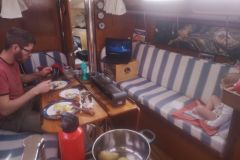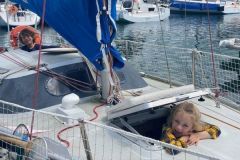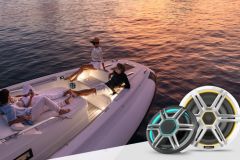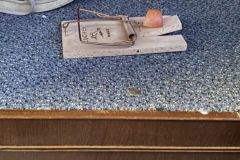Music and boats: a long tradition
For centuries, musicians have found their place on board ship. If a cappella singing comes to mind, instruments were also present. Accordions, flutes or small drums accompanied the voice, both for maneuvering songs and for festive or relaxing moments. Scholarly music also had its place, as in Patrick O'Brian's novels, whose heroes Jack Aubrey and Stephen Maturin play violin and cello duets.
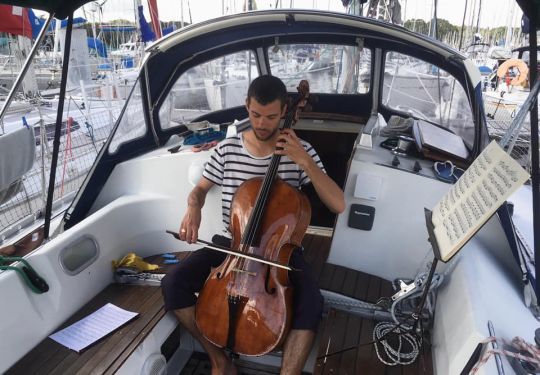
Acceptable storage conditions
Today, the attention paid to instruments can be a barrier to boarding for some musicians. But is this really justified? For Adrien Wiott, of the Violoncelle en Voile collective, which organizes annual sailing tours in Southern Brittany, this is a false problem for old instruments: "The cello is in its box, which protects it from shocks. Our instruments date back to the 18th century. In 1750, at the Château de Versailles, it was cold in winter and very hot in summer, and the instruments are still there! Apart from rainy days, when we're a little more careful, it's no wetter on the boat than on land. The chapels we play in are often more problematic than the boat."
Instruments are generally protected by reinforced cases. Only metal instruments, which are sensitive to corrosion, will probably require a little more care than on land, although they can still be taken on board a boat.
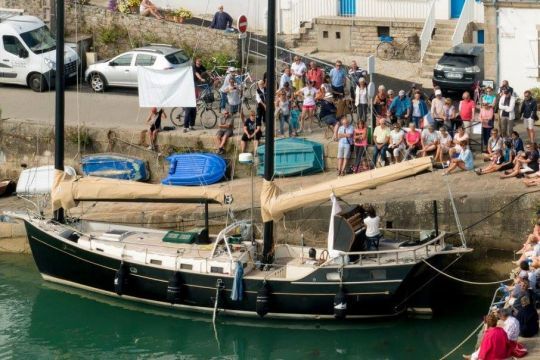
Cabins, cockpits and equipped cabins
The instrument is not just a piece of luggage on board the boat. While some musicians may perform on board, all rehearse there at the very least. So you need space. And while it's not necessary to have a 60-footer, boats that are too cramped will pose a problem. The cellist interviewed testifies: "To visit my boat before purchase, a First 325, I came with my instrument, to check the spaces. With the bow, you need a minimum of clearance to play. I can work inside the boat, and in the cockpit, where I've installed a bimini that can be closed like an arbour. I like playing outside, the sound is different from a hall."
Many pianists are musicians. And they don't always make do with electronic keyboards, when they can, designing their boats around the instrument. Artist Marieke Huysmans Berthou, for example, has installed a piano elevator so she can give concerts from her schooner, under the name Pianocéan.
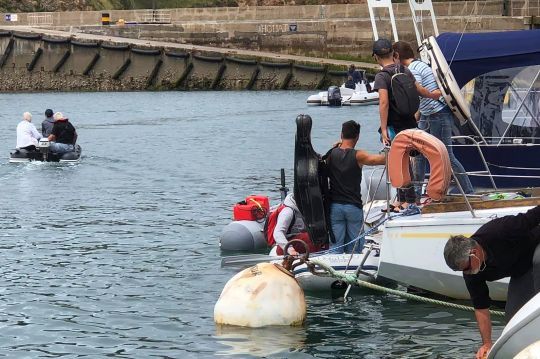
Complex transfers
Once at the port of call, you still have to disembark. There isn't always a dock or catway. Dinghy manoeuvres can be tricky. The instrument needs to be well protected, but here again, Adrien Wiott concludes reassuringly: "You have to be careful, but our carbon boxes are waterproof. In town too, it rains!"

 /
/ 



